Landscaping plays a crucial role in improving the overall appeal and functionality of your outdoor space. A well-designed landscape not only increases the aesthetic value of your home but also creates a relaxing environment where you can unwind and entertain guests. Weekend landscaping projects are a great way to make significant improvements without requiring extensive time commitments. By focusing on simple yet impactful tasks, you can transform your yard into a beautiful and inviting space.
This article provides the Top 5 Simple Landscape Tips for the Weekend that you can implement. These tips will help you revitalize your lawn, create defined garden beds, add pathways, beautify outdoor living spaces, and incorporate water features. They are designed to be straightforward and achievable, ensuring you can enjoy the results of your efforts almost immediately. Let’s dive into these weekend projects and see how you can make your landscape shine.
Top 5 Simple Landscape Tips for the Weekend
Before you begin any landscaping project, it’s essential to prepare adequately to ensure a smooth and successful execution. Start by understanding the scope of your project and setting clear, achievable goals. Determine which areas of your yard need the most attention and prioritize tasks based on their impact and feasibility within a weekend timeframe. Make a list of the tools and materials you will need for each project, such as shovels, rakes, mulch, plants, edging materials, and other supplies. Having everything ready beforehand will save you time and prevent interruptions.
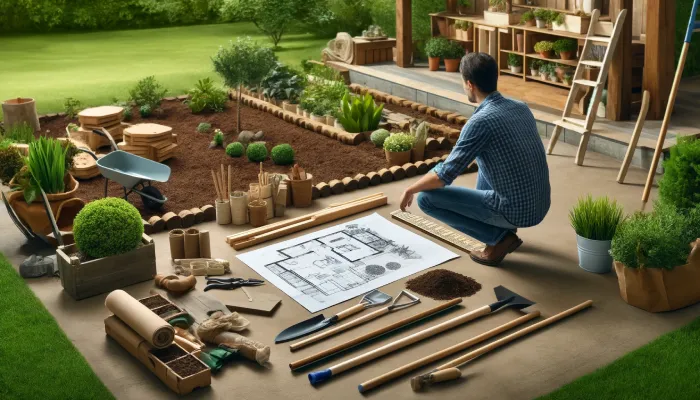
Next, create a detailed plan for your project. This plan should include a yard layout, the specific changes you want to make, and a timeline for completing each task. Consider factors like the weather forecast and the amount of daylight you must work with. Additionally, it’s helpful to enlist the help of family members or friends to make the work more manageable and enjoyable. You can tackle your weekend landscaping projects efficiently and achieve impressive results with proper preparation and planning.
Tip 1: Revitalize Your Lawn
A lush, green lawn serves as the foundation for a beautiful landscape, making it essential to keep it healthy and well-maintained. Start your lawn revitalization by trimming it to the appropriate height, usually between 2.5 to 3.5 inches, depending on the type of grass. Trimming at the right height helps promote healthy growth and prevents weeds. After cutting, edge the lawn along pathways, driveways, and garden beds to create clean, defined borders that enhance the overall appearance of your yard.
Next, address any bare or thin spots in your lawn by reseeding. Choose a high-quality grass seed that matches your existing lawn and spread it evenly over the areas that need attention. Lightly rake the soil to ensure good seed-to-soil contact, then water the area thoroughly to promote germination.

Fertilizing your lawn is also crucial for maintaining its health. Apply a balanced, slow-release fertilizer to provide essential nutrients that support strong growth. Be sure to follow the manufacturer’s instructions for application rates and timing. Finally, establish a regular watering schedule to keep your lawn hydrated, especially during dry periods. Deep, infrequent watering encourages profound root growth, which helps your lawn withstand drought conditions. Following these steps, you can rejuvenate your lawn and create a vibrant, inviting foundation for your landscape.
Tip 2: Create Defined Garden Beds
Defined garden beds enhance the visual appeal of your landscape and contribute to your plant’s health and organization. Start by selecting the location for your garden beds, considering factors such as sunlight, soil quality, and proximity to water sources. Once you have chosen the spots, outline the shape and size of your beds using a garden hose or string. This step allows you to visualize the layout and make any necessary adjustments before digging.
Prepare the soil by removing the area’s grass, weeds, or wastes. Loosen the soil to a depth of at least 12 inches and mix in organic matter, such as compost or aged manure, to improve soil structure and fertility. Next, install edging materials to create clean, defined borders for your garden beds. Edging options include plastic, metal, brick, or natural stone, each offering a different attractive appeal and level of durability.

After establishing the borders, add a layer of mulch to help retain moisture, suppress weeds, and beautify the appearance of your beds. Choose plants that complement each other in terms of color, height, and growth habits. Consider incorporating a mix of perennials, annuals, and shrubs to create year-round interest and variety. By carefully planning and preparing your garden beds, you can make a beautiful, well-organized space that showcases your plants and adds structure to your landscape.
Tip 3: Add a Pathway or Walkway
Pathways and walkways are essential elements of a functional and visually appealing landscape. They provide clear routes for movement, protect your lawn and garden beds from foot traffic, and add an element of design to your outdoor space. To start, choose a suitable location for your pathway, considering the natural flow of traffic and the overall layout of your yard. Once you have determined the area, decide on the materials you want to use. Popular options include gravel, stone, brick, and concrete pavers, each offering different useful qualities and levels of durability.
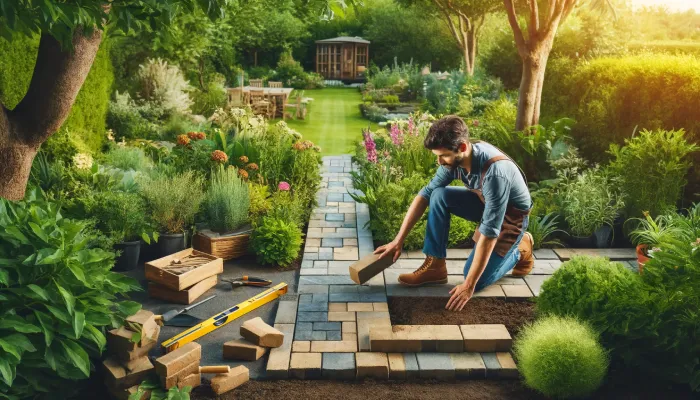
Begin by marking the path with spray paint or stakes and string. This outline will serve as a guide for digging and laying the pathway. Excavate the area to a depth of about 4-6 inches, ensuring the base is level and compact. For added stability, lay a base layer of crushed stone or gravel, followed by a layer of sand to create a smooth, even surface. Arrange your chosen pathway materials on top of the sand, fitting them together to prevent movement.
Once the materials are in place, fill any gaps with sand or gravel and compact the surface to secure the pathway. Consider adding lighting along the edges to enhance the pathway’s appearance and functionality. Solar-powered lights are an eco-friendly and easy-to-install option that can improve safety and create a warm, inviting ambiance in your garden. Adding a well-constructed pathway or walkway can promote both the practicality and beauty of your landscape.
Tip 4: Enhance Outdoor Living Spaces
Creating functional and inviting outdoor living spaces can significantly enhance your enjoyment of your yard. Start by assessing your current outdoor space and identifying areas where you can add or improve features for relaxation and entertainment. One of the easiest ways to beautify your outdoor living area is by arranging comfortable and stylish outdoor furniture. Choose weather-resistant pieces that suit your needs, whether it’s a cozy seating area with chairs and a coffee table or a dining set for alfresco meals. Adding cushions, rugs, and throws can make the space more comfortable and visually appealing.
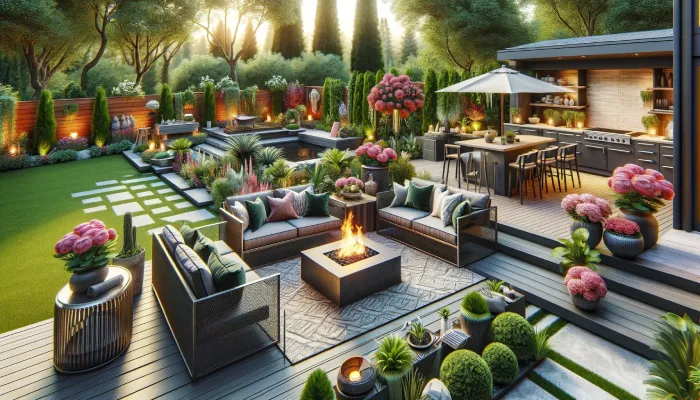
Consider incorporating features like a fire pit or a portable heater to extend the usability of your outdoor space into cooler evenings. Fire pits create a focal point and provide warmth and ambiance, making your yard a perfect gathering spot for family and friends. If you have the space and budget, consider adding more permanent structures like an outdoor kitchen, a gazebo, or a pergola. These features can provide shade, shelter, and additional functionality, transforming your yard into a versatile living area.
Lighting is another crucial element for enhancing outdoor living spaces. Use a combination of string lights, lanterns, and landscape lighting to create a warm, inviting atmosphere while ensuring safety and visibility. By thoughtfully arranging and accessorizing your outdoor living spaces, you can create a comfortable and stylish area that extends your living space and beautifies your overall landscape.
Tip 5: Incorporate Water Features
Water features can add a sense of tranquillity and visual interest to any landscape. The sound of flowing water can create a calming atmosphere, while the presence of a water feature can attract wildlife, such as birds and butterflies, magnifying the biodiversity of your garden. Start by choosing a suitable water feature for your space. Simple options like birdbaths or small fountains are easy to install and require minimal maintenance. Birdbaths can be placed in a garden bed or a secluded corner of your yard, providing a refreshing spot for birds to drink and bathe. Fountains, which come in a variety of styles and sizes, can be installed on patios, decks, or directly in the garden.

Consider installing a small pond. Begin by selecting a location with adequate sunlight and away from large trees to avoid excessive leaf litter. Dig a hole according to the size of your pond liner, ensuring the edges are level. Line the hole with a pond liner and fill it with water. Add aquatic plants to provide habitats for fish and insects. Incorporating decorative stones and gravel around the pond’s edges can create a natural look. If you have a pump, ensure it functions correctly to keep the water circulating and prevent stagnation. Incorporating a water feature into your landscape can increase its attractiveness and create a peaceful, inviting outdoor environment.
Summary
Implementing simple landscaping projects over a weekend can significantly improve the beauty and functionality of your outdoor space. You can achieve impressive results with minimal time and effort by focusing on tasks such as revitalizing your lawn, creating defined garden beds, adding pathways, enhancing outdoor living spaces, and incorporating water features. These projects not only improve the visual appeal of your yard but also create inviting areas for relaxation and entertainment. Regular maintenance and thoughtful planning are key to sustaining these improvements and enjoying a beautiful landscape year-round. Dedicating a weekend to these simple landscaping tips can transform your yard into a vibrant and enjoyable outdoor oasis.
FAQ
Q1: How much time should I allocate for each landscaping tip?
A1: The time required for each tip varies depending on the scope of the project and your experience level. Generally, lawn revitalization and creating garden beds can take a few hours each, while adding a pathway or enhancing outdoor living spaces may require a full day. Depending on the complexity, incorporating water features can also take a few hours to a full day.
Q2: What are some budget-friendly materials for pathways and garden beds?
A2: For pathways, consider using gravel, mulch, or reclaimed bricks, which are cost-effective and easy to install. For garden beds, wood, stone, or recycled plastic edging materials are budget-friendly options that can create neat, defined borders.
Q3: How can I ensure my lawn stays healthy year-round?
A3: Regular maintenance is key to a healthy lawn. Trim at the appropriate height, water deeply and infrequently, fertilize according to the season, and promptly address any pest or disease issues. Aerating the soil annually and overseeding thin areas can also help maintain a lush, green lawn.
Q4: Are there any easy maintenance tips for water features?
A4: Regularly remove wastes, such as leaves and algae, from your water feature. Ensure the pump, if you have one, is functioning correctly, and clean it periodically. Check water levels frequently and top up as needed, especially during dry periods. Adding beneficial bacteria can also help keep the water clean and clear.
Q5: How do I choose the right plants for my garden beds?
A5: Select plants that are well-suited to your climate, soil type, and the amount of sunlight your garden beds receive. Consider a mix of perennials, annuals, and shrubs to provide year-round interest. Research companion planting to choose plants that benefit each other and enhance overall garden health.
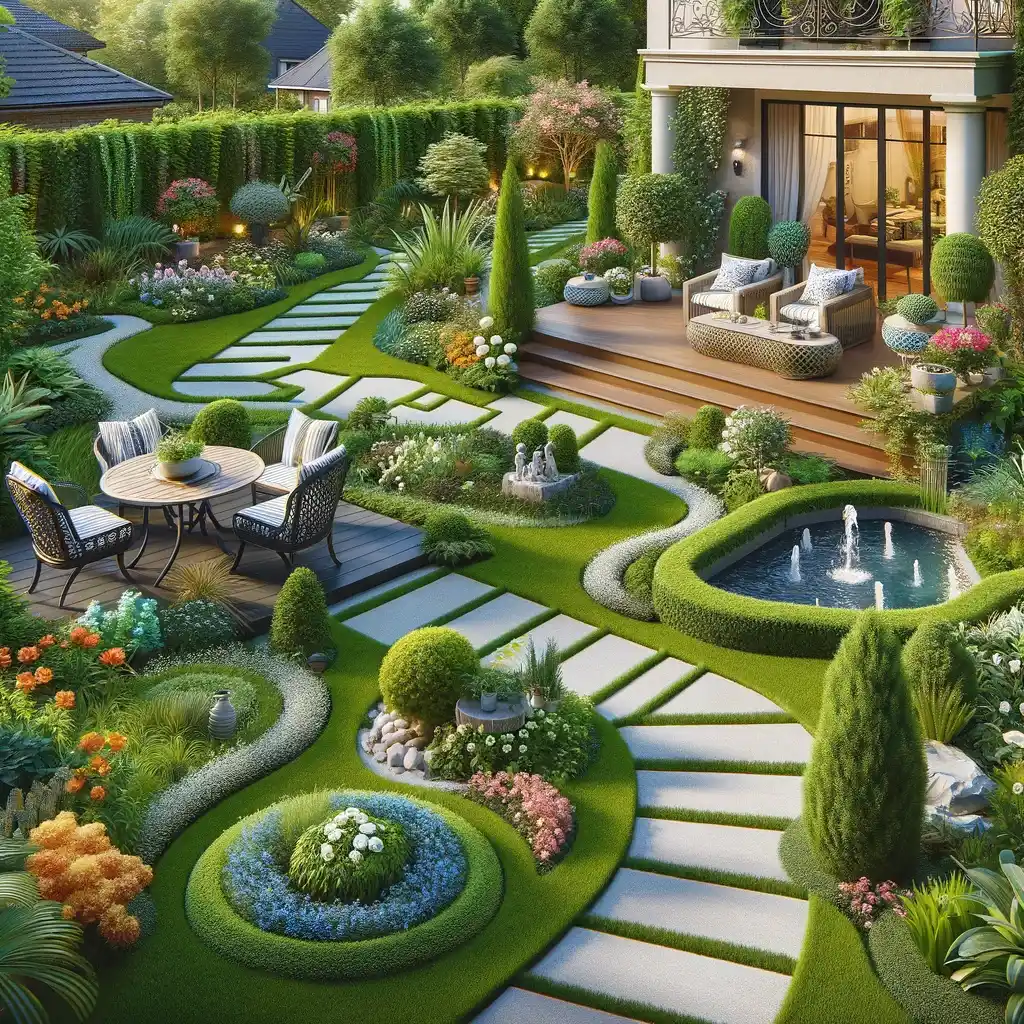



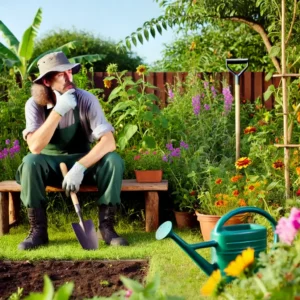


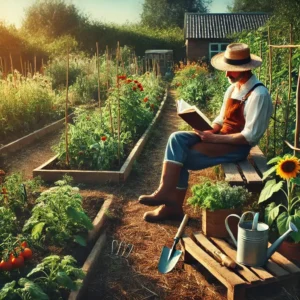
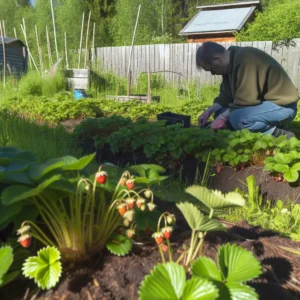
Výborně zpracované téma, hodně užitečných informací.
Děkuji moc za pochvalu! Jsem rád, že informace byly užitečné. Kdykoliv budeš potřebovat další pomoc, jsem tu pro tebe!
Deine Beiträge sind immer so gut recherchiert. Top!
Vielen Dank für das tolle Kompliment! Es freut mich sehr, dass du mit den Beiträgen zufrieden bist. Wenn du in Zukunft weitere Fragen hast, stehe ich gerne zur Verfügung!
Merci pour ces précieux conseils, je vais les appliquer.
Je suis ravi que cela vous soit utile ! Si vous avez d’autres questions ou besoin d’aide à l’avenir, n’hésitez pas. Bonne chance dans l’application de ces conseils !